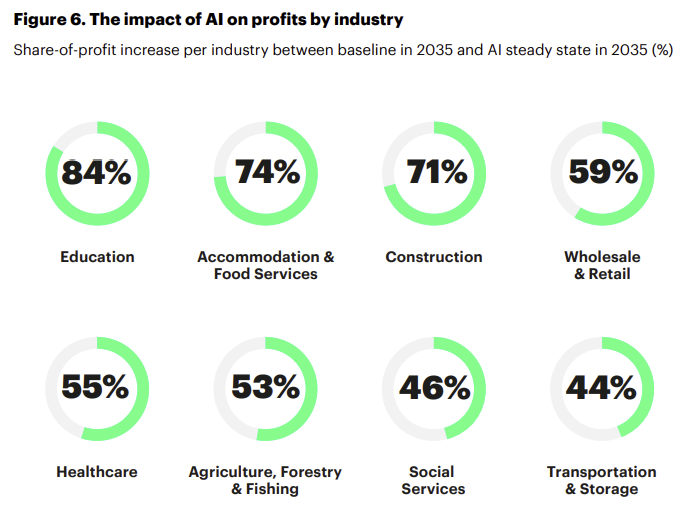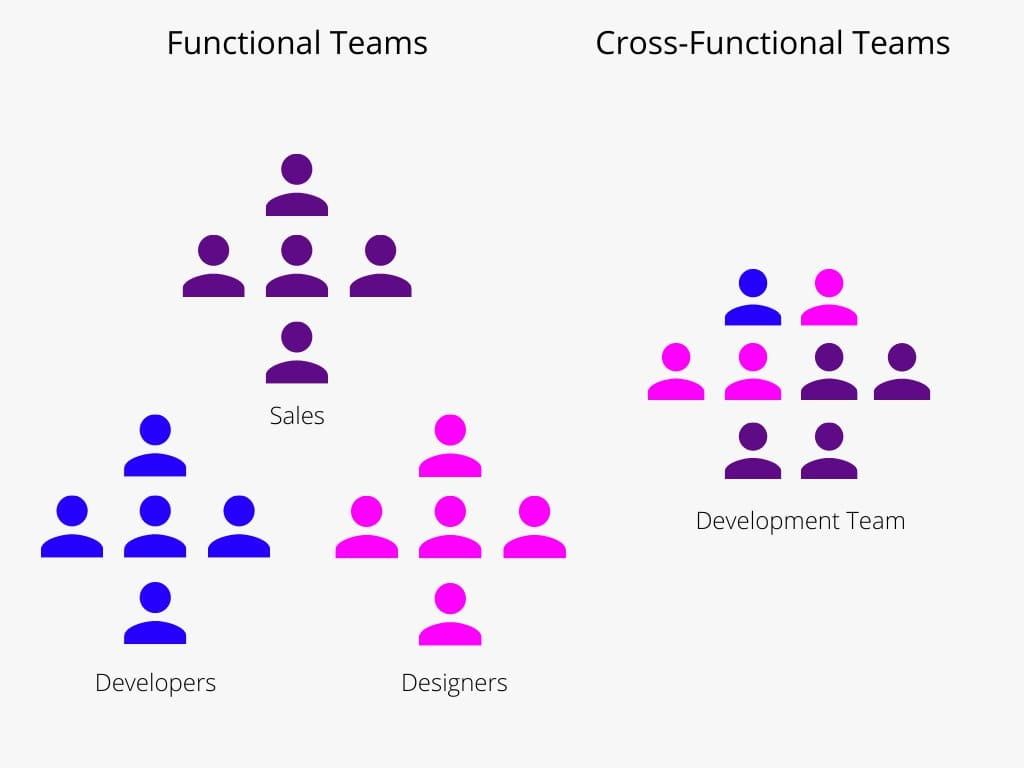

Updated December 20, 2024
One of the biggest mistakes businesses make is neglecting the importance of operational efficiency. At its core, operational efficiency can improve precision, profitability, and productivity — it’s crucial to long-term sustainable success. Don’t commit that error and keep reading this piece to know the best practices to drive operational efficiency this 2024.
Operational efficiency refers to the capacity of an organization or team to maximize its production while minimizing costs and other resources. It is considered one of the most crucial metrics in business as it determines how well they use their resources.
At its core, operational efficiency provides a foundation of success — the more efficient your business is, the more competitive, sustainable, and cost-effective the company is.
Looking for a BPO agency?
Compare our list of top BPO companies near you
Improving operational efficiency should start as early or as soon as possible. It’s not just for bigger enterprises with more resources; in fact, its great operational efficiency can help position startups and small businesses for better growth.
Essentially, every business or organization must strive to improve its operational efficiency as it can help unlock different benefits such as:
Driving operational efficiency can be an intimidating challenge but it’s every business’s responsibility to do so. Also, neglecting it can lead to serious headaches — or worse, a disaster.
Achieving operational excellence is a dynamic process that requires consistency, commitment, and constant improvements. If you don’t know where to start, continue reading this piece to learn more about the best practices that can help drive operational efficiency in 2024.
Partner with a top-notch operations consulting firm on Clutch. Their guide and expertise can give you the confidence needed to get the results you’re looking for.
The first step to driving operational efficiency is taking a moment to evaluate your team using different key metrics and methods. Assessments will not only give you a better understanding of your team, it will also allow you to make wiser business decisions.
The most common factors considered by business leaders and business owners when evaluating their teams are:
Identifying the strengths and weaknesses of each team member will help disseminate work to better cover gaps and areas needing improvement. This initial step will serve as the cornerstone of your strategy to best drive operational excellence.
Artificial intelligence (AI) has significantly changed the current business landscape, despite initial pushback from some groups and professionals.
Technology is fundamental for growth, and among the latest innovations is the rise of AI. While the reason for the hesitation is comprehensible, it’s important to keep an open mind as AI can bring a plethora of benefits to any organization.

Source: Techopedia
Nowadays, countless commercially available and accessible AI-powered applications can enhance performance and productivity. These tools can easily automate repetitive tasks, give detailed business insights, predict trends, and even assist with mundane work.
Around 35% of businesses have embraced AI tools for their operations, and 72% of executives believe that AI can help their organization progress. The figures are widely projected to steadily grow as more innovation comes, proving that AI is here to stay.
Additional resource: ‘The AI Disruption: What Your Business Needs to Know Before Selecting a Partner.’
Lowering supply chain costs without sacrificing the quality of raw materials, labor, or service is essential to improving operational efficiency.
The first direct impact of effective supply chain management is better financial performance and profitability. Increased profit margins are essential when planning to expand, grow, and drive strategic shifts.
Additionally, better profit margins and reduced supply chain costs give businesses leverage as they can allocate resources without worrying about limitations. Because they have more room, they can also pivot when unforeseen supply chain challenges arise and respond to the ever-shifting business landscape.
Reviewing business processes is important to the overall success, productivity, and sustainability of companies. Having a clear understanding of the processes will give you a better view of areas needing improvement and allow you to identify unseen opportunities.
Operational efficiency requires maximizing time and resources, and by reviewing all business processes, it’ll be easier to see inefficiencies, bottlenecks, and common causes of disruptions. The information gained from the assessment can be used to streamline operations, pin down what automation tools to use, and reallocate responsibilities if needed.
Additionally, reviewing processes also helps improve flexibility and adaptability. The business world is dynamic, and no one should be complacent with the processes they applied years ago.
Routinely reviewing processes can reduce manual effort and unwanted errors. However, there’s no need to worry about reviewing them every month. The best cadence will ultimately depend on the nature of the work done but it’s highly recommended to hold the reviews every quarter or every half of the year.
Today’s business world is complex and ever-evolving, requiring endless learning and adaptation.
Now more than ever, the word “collaboration” comes up when leaders and stakeholders discuss opportunities. In fact, it’s often associated with project success and establishing company culture. While it may seem overused, cross-team collaborations are indeed essential to achieving synergy and better operational efficiency.
Cross-team collaboration is imperative to companies that want to thrive and benefit from interconnected work.

Source: Chisel Labs
Businesses can reap a ton of benefits from cross-functional collaboration including:
Cross-team collaboration also supports efficient resource allocation. An organized system between two or more teams prevents duplication of work and supports sharing tools and best practices. In addition, it also allows teams to develop or refine their processes for better operational efficiency.
To put simply, cross-team collaboration can create a healthy company culture that encourages learning, building relationships, and sharing skills. Be wary though, it needs a deep understanding of individual teams and meticulous strategizing to work successfully.
Last but not least, planning ahead to drive operational efficiency allows any organization to form a proactive approach for sustained success.
Consider it as market research and planning but for internal use. This last step involves setting clear objectives, conducting thorough team evaluation, outlining key performance indicators (KPIs), and investing in employee development — essentially, all the key steps mentioned above.
The planning phase is as meticulous as the prior steps mentioned above. It involves investing in different tools, organizing real-time business data, and planning for the future.
Planning ahead for the long term is as crucial as focusing on the present operational efficiency. Rather than thinking about how to best maximize business initiatives for the coming quarter, think about your organization’s 5- and 10-year goals. By keeping them in mind, you can create a roadmap for how to get there — how to align future investments, expand your team, and set target milestones.
Operational efficiency isn’t just a fancy term for overspending and being productive. Businesses that want to reach their goals one day need to focus on it as early as possible.
At the end of the day, driving operational efficiency requires proactiveness and knowledge of your business. It’s not as simple as investing in new technologies and tools as it's a multifaceted concept that balances human capital, streamlined processes, and strategic project management.
To achieve optimal operational efficiency, organizations shouldn’t prioritize one aspect alone. It may be easier said than done but it’s not impossible.
Work with the leading operations consulting firms on Clutch to accomplish the best results for your business.


